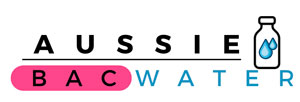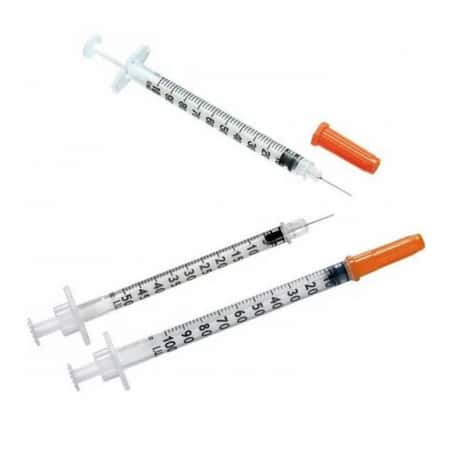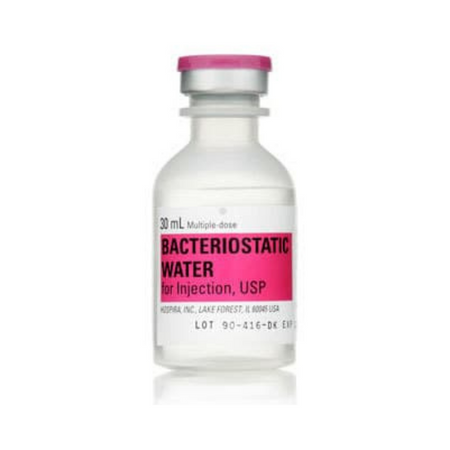Blog
Bacteriostatic Water Vs Sterile Water
Sterile and bacteriostatic water are two different types of water that aren’t interchangeable. Although they are both used in healthcare settings, each one is suited to a unique procedure and has specific properties.
If you’re working in a hospital or other healthcare setting, it’s important to understand the differences between sterile and bacteriostatic water so you can use them correctly. Let’s take a look at what makes both types of water unique.
What is Bacteriostatic Water?
Bacteriostatic water is a sterile solution used for irrigation and injection during medical procedures. It is commonly used for cleaning wounds and is often used to irrigate insertion sites before a needle is inserted. Bacteriostatic water is also used for rinsing the urinary bladder before a catheter is inserted.
Bacteriostatic water is used in place of sterile saline because it does not have to be sterility tested. It is marked with a yellow label to indicate that it is not sterile. It contains an antimicrobial agent that prevents bacteria growth while also not being sterilized. This allows the solution to be used to clean wounds, but not be consumed.
Bacteriostatic water can be used as a solution for eye irrigation, rinsing the mouth, and as a dural drain solution. It is safe to use on all areas of the body except the abdomen, where it can cause damage to the internal organs.
What is Sterile Water?
Sterile water is potable water that has been sterilized to remove all microorganisms. It is used for injection or irrigation during surgical procedures to reduce the risk of infection. Sterile water is not intended for consumption. It contains no antimicrobial additives, so it is sterilized via autoclaving or other sterilization methods. The sterile water is then mixed with a sterile solution to make it potable.
Bacteriostatic Water Vs Sterile Water
- Bacteriostatic water does not have to be sterile, but sterile water does have to be sterilized
- Bacteriostatic water is yellow-coloured, while sterile water is clear.
- Bacteriostatic water is marked as such because it inhibits bacterial growth.
- Bacteriostatic water is not intended for consumption, while sterile water is potable.
- Sterile water is made via a filtration method, while bacteriostatic water is added to the water.
- Autoclaving is the most common way to sterilize water, while the source of the additives is unknown for bacteriostatic water.
- Bacteriostatic water is yellow-coloured, while sterile water is clear.
If you’re looking to order bacteriostatic or sterile water, be sure to get it from a reputable source like Aussie Bac Water. Serving the Australian belts for years, Aussie Bac Water can provide you with high-quality and medically reliable water. Head over to their e-store here!




